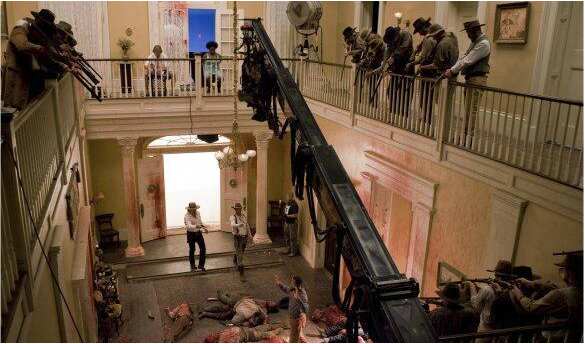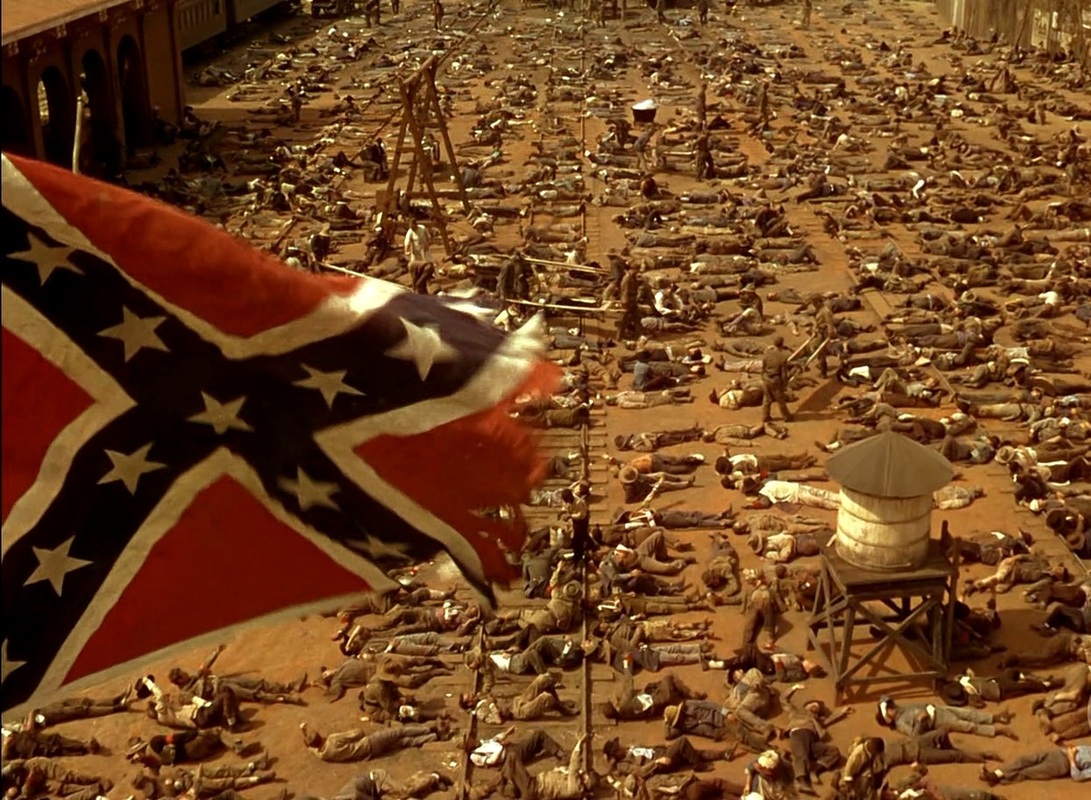 Written by Mark Trinkle
Written by Mark Trinkle
 Musical number from "Gold Diggers from 1933" (Berkeley, 1933)
Musical number from "Gold Diggers from 1933" (Berkeley, 1933)
Most cranes require the use of two separate people, one camera operator and one crane operator . Although very common on Hollywood sets, most of the heavy duty cranes can be very dangerous if used incorrectly. “ After helicopters and car cameras, cranes around high voltage are a leading cause of death in the motion picture industry.” ("Crane Camera Movement.") Although most cranes can usually only be afforded by and should always only be operated by professionals, there are some small cranes available on the consumer level such as the Cobra Crane II (for camcorders under 25 lbs) and operated by a single person that cost somewhere between $300 and $800. ("Free Online Film School in 12 Filmmaking Tips.")
Cranes are relatively simple machines, but the effect they can add to a film or a shot can make the world of the film seem that much larger-than-life and really draw in an audience in a way that no other shot can.
"Crane Camera Movement." CineWiki -. N.p., n.d. Web. 01 Apr. 2015.
"Film Reference." Types of Camera Movement. N.p., n.d. Web. 01 Apr. 2015.
"Free Online Film School in 12 Filmmaking Tips." Free Online Film School: Learn Filmmaking. N.p., 30 Apr. 2010. Web. 01 Apr. 2015.
"Opening Crane Shot." IGN. N.p., n.d. Web. 01 Apr. 2015.
Prunes, Mariano, Michael Raine, and Mary Litch. "Part 3: Cinematography." Part 3: Cinematography. Yale Film Studies Program, 27 Aug. 2002. Web. 01 Apr. 2015.



 RSS Feed
RSS Feed
